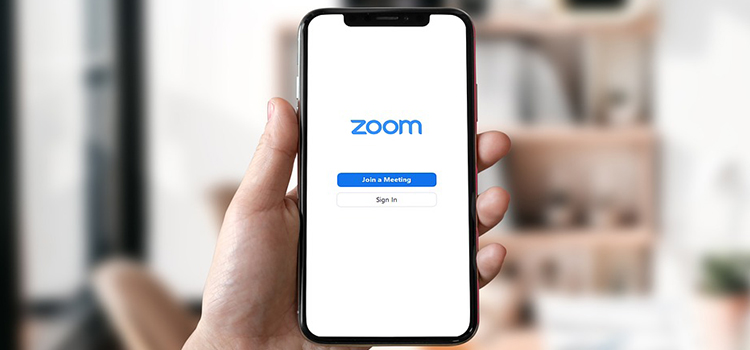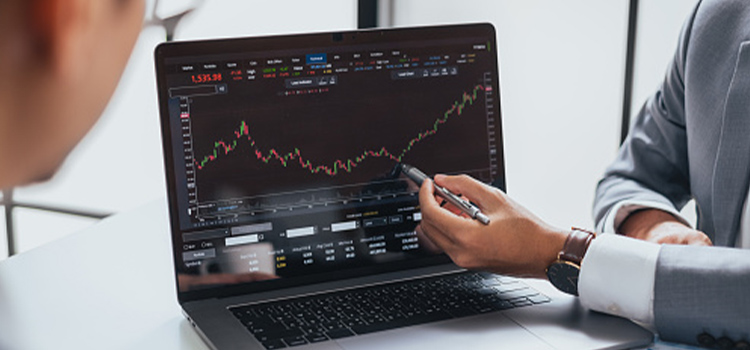Exploring the Role of Digital Twins in Modern Technology
In the realm of advanced technology, the term Digital Twin has recently gained significant traction across industries. While its definition is widely known, what’s less explored is its true transformative potential and its evolving applications in real-world scenarios. As industries shift towards more intelligent, efficient, and interconnected ecosystems, Digital Twins are emerging as pivotal tools that reshape everything from design and manufacturing to healthcare, urban planning, and more.

SMART METAVERSE CITY
But what does the future look like for Digital Twins beyond their traditional use cases? Let’s dive deep into how Digital Twins are revolutionizing industries, the sophisticated technologies driving them, and the new frontiers they are opening up in this digital-first world.
A Symphony of Data and Simulation
At its core, the power of a Digital Twin lies in its ability to create highly detailed and dynamic simulations of physical entities. However, today’s Digital Twins are more than just passive digital models—they are active, data-driven entities that evolve in real time, interacting with both the physical world and the digital environment.
Digital Twins are enabled by an amalgamation of advanced technologies such as IoT (Internet of Things), AI (Artificial Intelligence), big data analytics, and cloud computing. These technologies allow physical objects or systems to send continuous streams of data to their digital counterparts, which then leverage predictive analytics to simulate potential outcomes or recommend actions. Think of it as an intelligent mirror that not only reflects the current state of an object or system but anticipates what will happen next, and most importantly, can propose optimized solutions to mitigate potential issues before they occur.
Dynamic Data Feeds
One of the most exciting aspects of Digital Twins today is their reliance on dynamic data feeds. Sensors, IoT devices, and other data capture technologies continuously send real-time information to a virtual twin, enabling a reflection of the physical object that evolves as conditions change. These sensors could be embedded in anything from machinery on the factory floor to parts of a jet engine. The constant flow of data helps the digital model to simulate how that physical asset is performing or how it might perform in the future under various scenarios.
For instance, imagine you’re working in a factory, and you have a Digital Twin of the production line. If a machine part is starting to wear out, the system can detect minute changes in performance through data sensors and begin predicting when the part will fail, helping to schedule predictive maintenance and avoid costly downtimes. This capability opens up an entirely new realm of preventative measures, real-time decision-making, and operational optimization.
Bridging the Physical and Digital Divide
- Manufacturing and Industry 4.0
The manufacturing sector has been one of the most prolific adopters of Digital Twin technology. Through real-time data transmission, manufacturers can monitor production lines with unprecedented accuracy. But more than just predictive maintenance, Digital Twins allow manufacturers to fine-tune processes, simulate production environments, and optimize workflows in a virtual space before making changes on the factory floor.
For instance, General Electric (GE) uses Digital Twins to model the performance of turbines in real-time. By virtually replicating the turbine’s operations, GE can predict issues such as wear and tear or environmental impacts. This foresight enables the company to perform remote diagnostics and repairs, making it possible to resolve issues without physical intervention, thus saving both time and resources.
- Urban Planning and Smart Cities
Urban planning is a challenge of immense scale, and with the advent of Digital Twins, cities are transforming into “smart cities” where data is the key to efficient planning and management. By modeling entire urban environments, city planners can simulate traffic flow, energy consumption, waste management, and even the movement of people in different weather conditions.
For example, the city of Singapore is leveraging a Digital Twin to model its entire urban environment. The digital replica aids in monitoring infrastructure, predicting traffic patterns, and optimizing energy consumption. More importantly, the ability to simulate natural disasters, such as floods or heatwaves, helps city planners design more resilient urban environments, preventing potential damage and saving lives.
- Healthcare and Personalized Medicine
Healthcare is another sector where Digital Twins are breaking new ground, particularly in the realm of personalized medicine. By creating digital replicas of patients, doctors can monitor conditions in real-time, simulate treatments, and even predict the progression of diseases. This virtual model, updated continuously with health data from sensors or medical records, allows healthcare providers to fine-tune treatments based on individual needs rather than applying a one-size-fits-all approach.
One striking example is the development of digital twins of the human body. Researchers are using this technology to better understand how diseases such as cancer or heart disease evolve in individuals. By replicating the human body digitally, treatments can be personalized, potentially reducing side effects and improving outcomes for patients.
- Supply Chain and Logistics Optimization
Supply chains are increasingly complex and global, and inefficiencies can cost companies millions of dollars. Digital Twins offer an effective way to streamline logistics by providing detailed, real-time simulations of supply chains. By virtually mirroring the supply chain network, companies can anticipate disruptions such as shipping delays, inventory shortages, and transportation bottlenecks.
Consider the example of a global shipping company, where Digital Twins can monitor every leg of a shipment, from warehouse to destination. By creating simulations based on real-time data, potential delays or issues can be identified before they impact customers. Moreover, the Digital Twin can recommend alternative routes or methods of transportation to optimize costs and minimize delays.
The Intersection of AI and Digital Twins: Intelligent Decision-Making
While Digital Twins are impressive on their own, the integration with AI takes them to another level. Artificial intelligence enables these digital counterparts to not just simulate current states but also predict future behaviors and optimize operations.
For example, in a smart factory, an AI-powered Digital Twin could analyze real-time data and suggest changes to workflows, like adjusting machine settings to optimize energy usage. It could also predict machine failures or manufacturing defects and automatically schedule maintenance, minimizing downtime.
What makes AI so integral to the evolution of Digital Twins is its ability to learn and improve over time. The more data a Digital Twin receives, the smarter it becomes in terms of forecasting and optimizing performance. This feedback loop between the digital and physical realms creates an ecosystem where systems become autonomously adaptive, allowing businesses to run with maximum efficiency.
Security and Data Integrity: Challenges of the Digital Twin Age
As with any emerging technology, Digital Twins come with challenges, particularly around data security and integrity. Since Digital Twins rely heavily on real-time data streams, ensuring the security of that data is paramount. Cyberattacks targeting the data feeding a Digital Twin could lead to disastrous consequences, such as manufacturing defects or even catastrophic failures in critical infrastructure.
Furthermore, issues around data privacy arise when sensitive information is involved—especially in industries like healthcare or finance. Ensuring that only authorized users have access to the data and simulations of these digital models is critical to maintaining privacy and trust.
The Road Ahead: Infinite Possibilities
The future of Digital Twins is filled with potential. As technology continues to evolve, we can expect to see increasingly sophisticated and intelligent Digital Twins that can simulate entire ecosystems—from global supply chains to environmental systems, to entire cities.
Ultimately, the true promise of Digital Twins isn’t merely in the ability to replicate real-world objects in a virtual space. It lies in the seamless connection between the digital and physical worlds, where actionable insights derived from simulations enable businesses and governments to make smarter decisions, create more resilient infrastructures, and lead more sustainable practices.
As we move forward, the applications of Digital Twins will continue to expand, pushing boundaries in ways we are only beginning to comprehend. Whether it’s designing more effective urban spaces, preventing industrial accidents, or creating personalized healthcare solutions, Digital Twins are leading us into an era where predictive intelligence and data-driven decisions shape the future. The digital revolution is not just on the horizon—it’s already here, and Digital Twins are at the heart of this transformation.
Subscribe to our newsletter
& plug into
the world of technology





